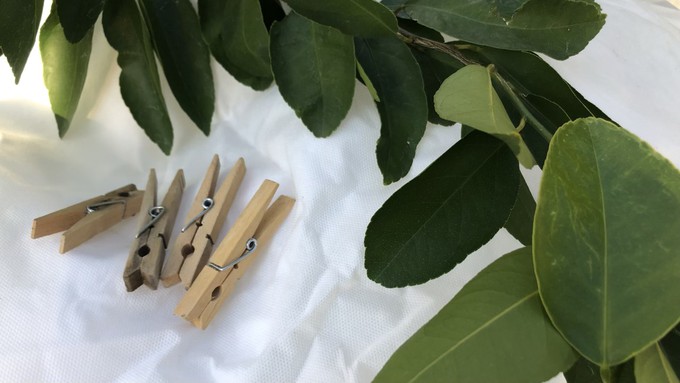
December has been good for rain totals -- so far

Keep frost cloths handy but not on tender plants -- such as this lime tree -- during the daytime this week. Clothespins or binder clips can help keep the cloths together at night if you have to use more than one cloth to cover a plant. Kathy Morrison
Turn off the sprinklers! After our recent soaking rain, our irrigation systems can take a break.
How much rain did we get? Enough to get our current water year back on track.
According to the National Weather Service, downtown Sacramento has received 4.69 inches since Dec. 1. (That includes 1.71 inches this past weekend.) Normal through Dec. 12 is 1.27 inches and all of December averages 3.25.
This month’s storms help make up for a bone dry October and barely moist November. So far, Sacramento has received 5.75 inches since Oct. 1, the beginning of our “water year.” Normal to date: 3.98 inches.
That means Sacramento’s rain totals are currently at 144% of normal. Yay!
That’s good news for our reservoirs, too.
“The foothill and valley rains have begun to saturate our very dry soils with resulting runoff beginning to filter into the interior NorCal reservoirs,” tweeted the NWS Sacramento office. “Current water storage at Shasta Lake at 31% of capacity, Oroville 29%, Folsom 28% and New Melones at 25%.”
That Folsom Lake percentage is not as bad as it sounds. It’s 69% of historical average for Dec. 12. Still, there’s room for a lot more.
And it illustrates just how dry we were in 2022, likely still the driest year on record in Sacramento history.
We’ll need many more rainy days to make up for our current water deficits – and right now, none is in the forecast. A ridge of high pressure is keeping our skies clear – and cold.
Instead of an umbrella, keep your frost cloths handy and be ready to protect tender plants.
According to the weather service, Sacramento can expect “widespread frost” and overnight lows right around freezing every night through at least Monday.
Comments
0 comments have been posted.Sacramento Digs Gardening to your inbox.
Sites We Like
Garden Checklist for week of July 21
Your garden needs you!
* Keep your vegetable garden watered, mulched and weeded. Water before 8 a.m. to reduce the chance of fungal infection and to conserve moisture.
* Feed vegetable plants bone meal, rock phosphate or other fertilizers high in phosphate to stimulate more blooms and fruiting. (But wait until daily high temperatures drop out of the 100s.)
* Don’t let tomatoes wilt or dry out completely. Give tomatoes a deep watering two to three times a week.
* Harvest vegetables promptly to encourage plants to produce more. Squash especially tends to grow rapidly in hot weather. Keep an eye on zucchini.
* Pinch back chrysanthemums for bushy plants and more flowers in September.
* Remove spent flowers from roses, daylilies and other bloomers as they finish flowering.
* Pinch off blooms from basil so the plant will grow more leaves.
* Cut back lavender after flowering to promote a second bloom.
* It's not too late to add a splash of color. Plant petunias, snapdragons, zinnias and marigolds.
* From seed, plant corn, pumpkins, radishes, winter squash and sunflowers.